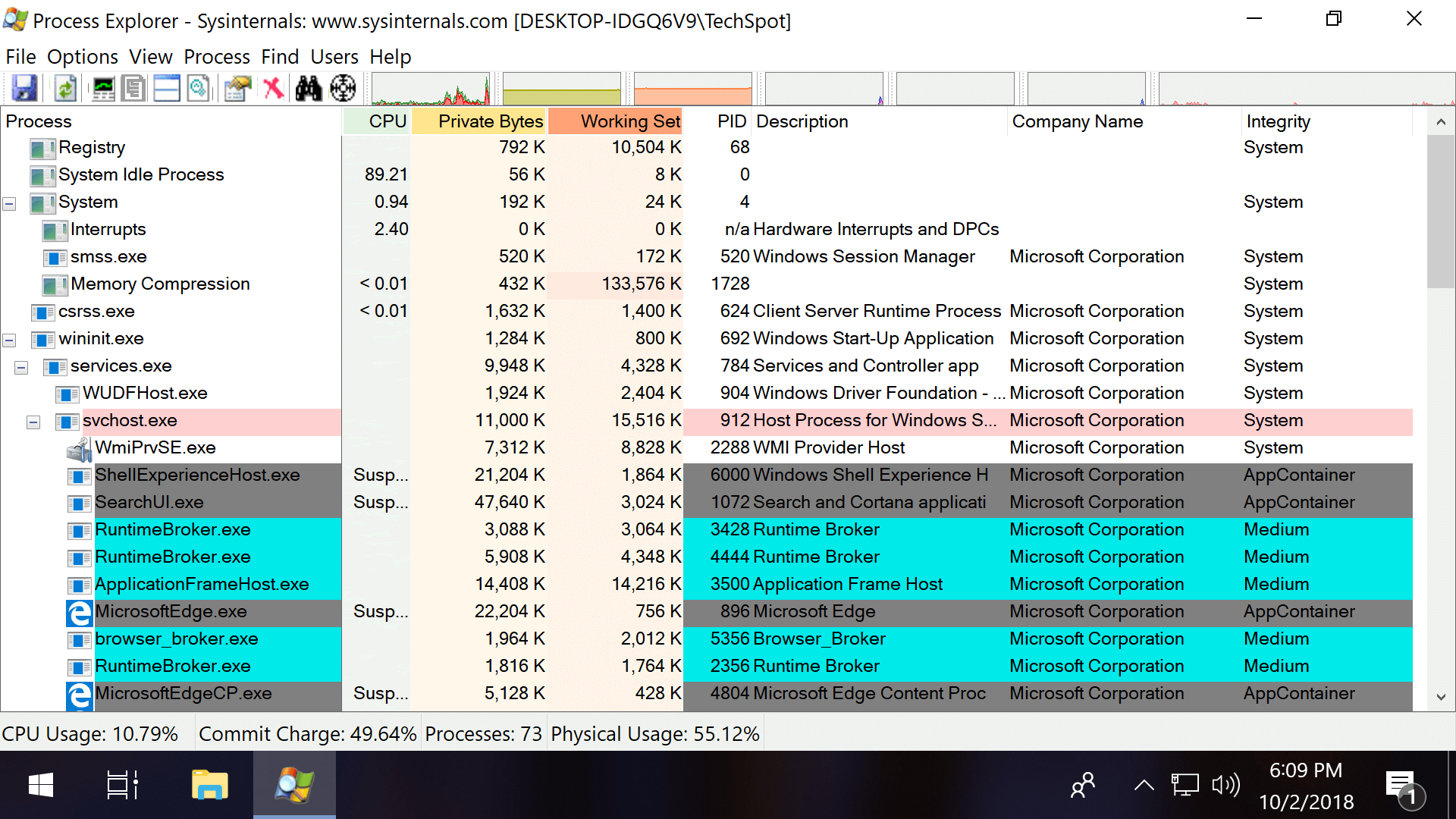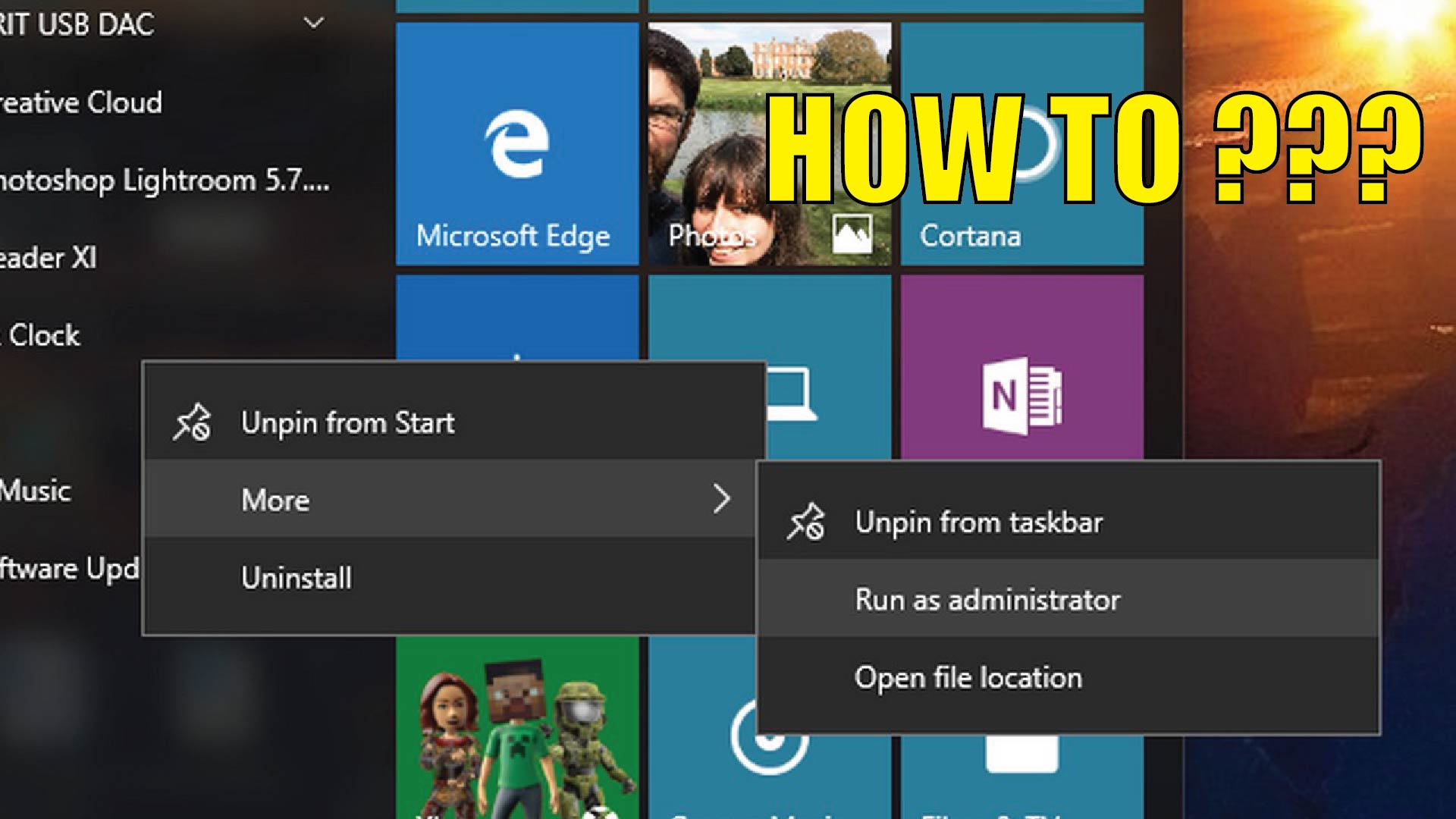

Your account is what I’ll call “administrator capable”. If you are working within an administrator account, you’ll get the familiar UAC prompt, to which you need only respond Yes or No. Let’s say you want to do something requiring administrative access: install a program, for instance. An administrator account is “administrator-capable”

Instead, when you run a program that needs administrative privileges to work, you’ll either be denied with an error message, or you’ll be presented with the User Account Control ( UAC) prompt, allowing you to decide whether or not to proceed.īy requiring you to take extra steps, UAC prevents malware from making administrative-level changes to your system without your knowledge. That means if you accidentally run malicious software, it could do anything, perhaps even without your knowledge.

The reason is simple: if it did, any program you run could do anything to your machine. Administrator … but notīy default, your login account - even if it’s the “administrator” account you created when setting up the machine - doesn’t give the programs you run administrative privileges. Think twice before doing so, as it bypasses much of Windows’ built-in security. For those that can’t, you can use Task Manager to run it with administrative privileges. Many programs can be run “as administrator” by right-clicking on their shortcut and looking for an option to do so. The primary difference between your administrator account and a traditional “limited user account” is whether or not you need to supply a password to the User Access Control (UAC) prompt. All accounts, including the administrator account created when setting up your machine, run with limited - not administrative - permissions by default.


 0 kommentar(er)
0 kommentar(er)
